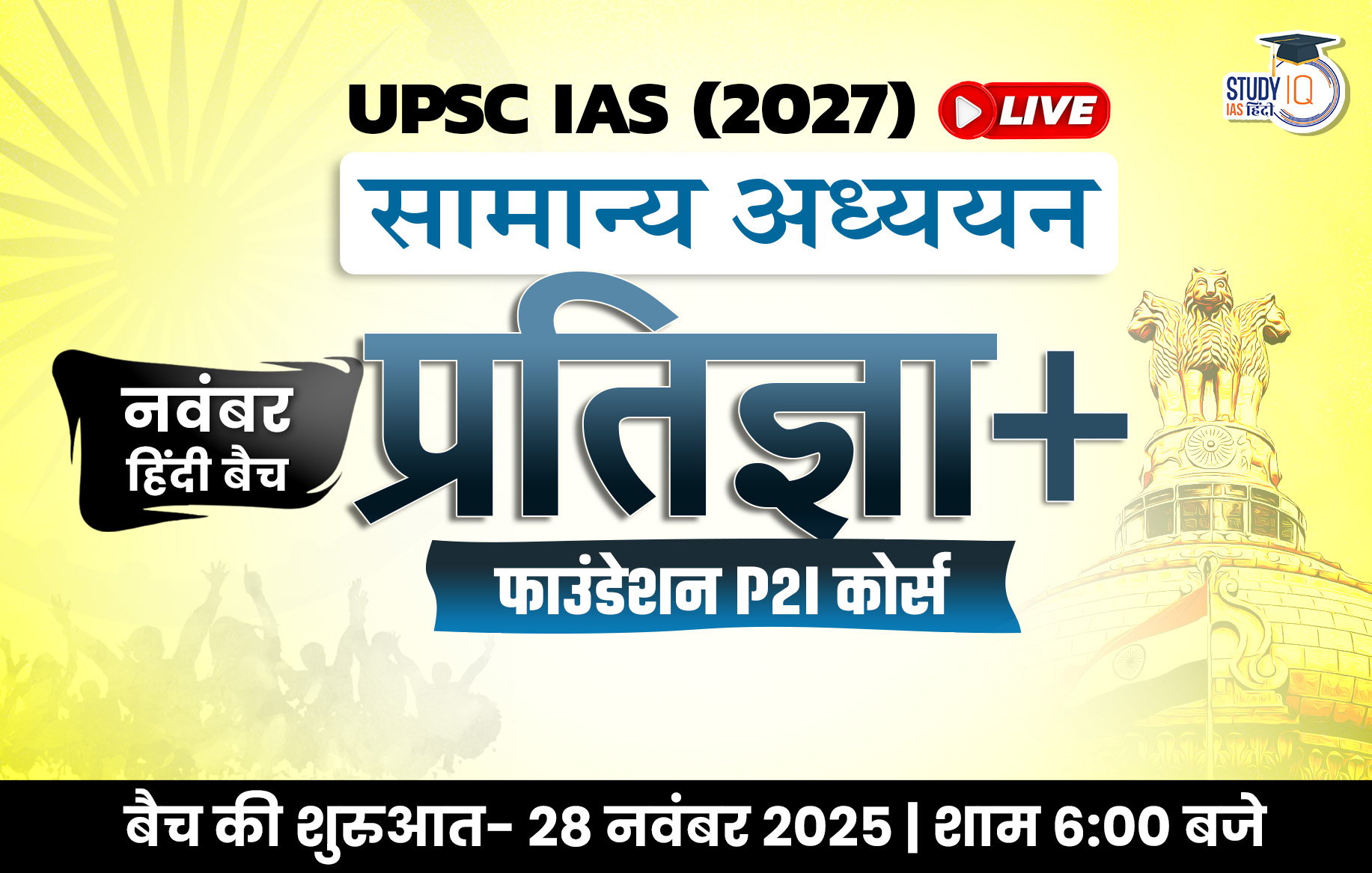Table of Contents
In 2025, India is emerging as one of the most progressive nations for transgender rights in the Global South, especially as several Western countries roll back protections. With landmark Supreme Court judgments, the Transgender Persons (Protection of Rights) Act 2019, and expanding welfare schemes, the legal framework is stronger than ever. Yet, social stigma and implementation gaps continue to affect millions.
This comprehensive guide covers everything you need to know about transgender rights in India in 2025 – from constitutional protections and new judgments to government schemes, healthcare access, and the way forward.
Constitutional & Legal Recognition of Transgender Persons in India
India officially recognised the third gender in 2014 through the historic NALSA vs Union of India judgment by the Supreme Court. Key constitutional rights include:
- Article 14 – Equality before the law
- Article 15 & 16 – Prohibition of discrimination on grounds of sex (includes gender identity)
- Article 19(1)(a) – Freedom to express one’s gender identity
- Article 21 – Right to life with dignity, privacy, and self-identification
In 2025, the Supreme Court in Jane Kaushik vs Union of India reaffirmed self-identification without mandatory surgery and granted transgender persons Socially and Educationally Backward Class (SEBC) status for reservations.
Transgender Persons (Protection of Rights) Act, 2019 & Rules 2020
The 2019 Act remains the cornerstone legislation. Key provisions:
- Legal recognition of transgender identity
- Prohibition of discrimination in education, employment, healthcare
- Right to self-perceived gender identity
- Establishment of National Council for Transgender Persons
- Punishment for sexual abuse, forced labour, and denial of services (up to 2 years imprisonment)
Recent High Court rulings (Karnataka & Andhra Pradesh, 2024–2025) have strengthened the Act by allowing name and gender changes on birth certificates without surgery.
Government Schemes for Transgender Persons in India (2025 Updates)
| Scheme/Programme | Benefits | 2025 Status |
|---|---|---|
| National Portal for Transgender Persons | Online identity certificate & transgender ID card | 50,000+ certificates issued |
| SMILE Scheme (2022) | Scholarships, skill training, medical insurance, Garima Greh shelters | Expanded to 25+ states |
| Ayushman Bharat TG Plus Card | ₹5 lakh health coverage including gender-affirming surgeries & HRT | 500+ hospitals empanelled |
| PM SVANidhi & Mudra Loans | Collateral-free loans for transgender entrepreneurs | Special drive launched in 2025 |
| Equal Opportunity Policy 2024 | Mandatory inclusive hiring in public & private sectors | Adopted by several PSUs & corporates |
Latest Supreme Court & High Court Judgments on Transgender Rights (2024–2025)
- Jane Kaushik vs Union of India (2025) – Trans persons recognised as SEBC; self-ID upheld
- Ms X vs State of Karnataka (2024) – Name/gender change on educational certificates without surgery
- Andhra Pradesh HC (June 2025) – Trans women are women under the law; biology not sole criterion
- Delhi HC (2025) – Directed inclusion of transgender category in all government forms
Major Challenges Faced by Transgender Community in India
Despite strong laws, ground realities remain tough:
- Only 56% literacy rate among transgender persons
- 79–92% face workplace or social discrimination
- Less than 30% districts have access to gender-affirming healthcare
- High dependence on begging and sex work due to family rejection
- Inadequate budget allocation and poor implementation of Garima Greh shelters
Way Forward: How India Can Become a Global Leader
- Full rollout of Ayushman Bharat TG Plus with free SRS & HRT in government hospitals
- Mandatory LGBTQ+ sensitisation in medical & nursing curricula
- Setting up National Centres of Excellence for transgender healthcare & research
- Simplifying Aadhaar, PAN, and passport gender marker changes
- Increasing budget for SMILE scheme and Garima Greh shelters
- Strict enforcement of anti-discrimination laws in private sector
Why India is Becoming a Safe Haven for Transgender Rights
While countries like the United States (under Trump 2.0) have restricted transgender healthcare, sports participation, and legal recognition in 2025, India is moving in the opposite direction with self-identification, free health coverage, and affirmative action. This contrast has sparked global interest, with activists calling India “the new beacon of transgender rights”.
Conclusion
India has built one of the world’s most progressive legal frameworks for transgender persons. The journey from the 2014 NALSA judgment to 2025’s SEBC recognition shows remarkable progress. However, true equality will only be achieved when laws translate into lived dignity – through better healthcare, employment, and social acceptance.


 Climate Change Performance Index (CCPI):...
Climate Change Performance Index (CCPI):...
 BIRSA 101: India Launches World’s Most...
BIRSA 101: India Launches World’s Most...
 Miss Universe Winners List From 1952 to ...
Miss Universe Winners List From 1952 to ...

























